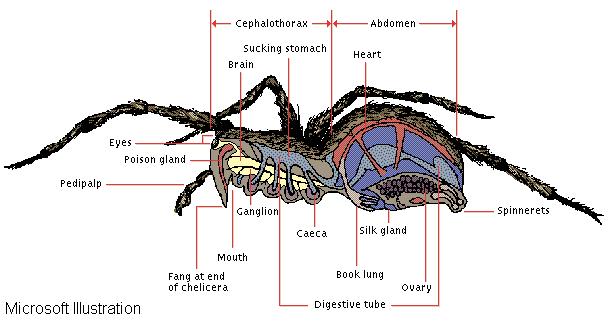

This illustration shows a generalized anatomy of arachnids, the group that includes scorpions, ticks, mites, and spiders. Among arachnids, only male spiders possess a copulatory organ on the pedipalp, an appendage at the anterior of the cephalothorax. The spider exudes its silk through the spinneret appendages at the tip of the abdomen, and then further draws it out using its legs.
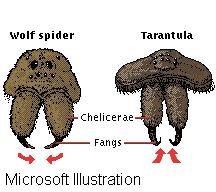
The fang-bearing appendages, or chelicerae, of most spiders swing inward from the side to grasp prey. In some larger spiders, however, the chelicerae swing downwards, pinning the prey underneath.


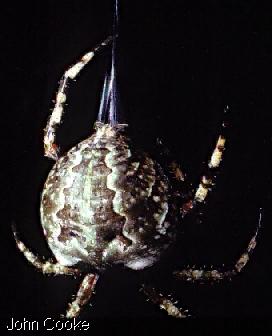
A spider has modified appendages called spinnerets on its abdomen that secrete a polymer called silk. Although other insects are capable of producing silk, only spiders have developed specialized uses for this material. Spiders use silk to build webs, line their burrows, wrap up captured insects, catch small fish, and build nests. Some species use it to build underwater nests, while others make parachute threads to ride, using the wind to travel great distances. Perhaps the most amazing way a spider uses its silk is in the construction of elaborate traps in which it catches its food. Woven instinctively, these webs appear in a variety of sometimes quite specialized forms.
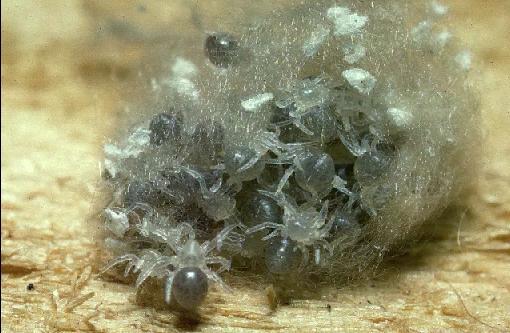
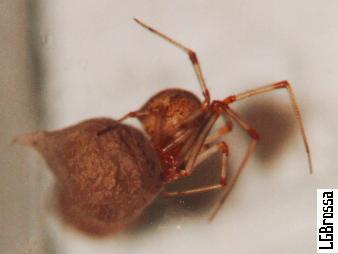
All spiders lay eggs in some sort of silk-wrapped cocoon. The cocoon is then either guarded by the female or carried with her until the eggs hatch. In some species of spiders, the young cling to the back of the mother and are carried about.
